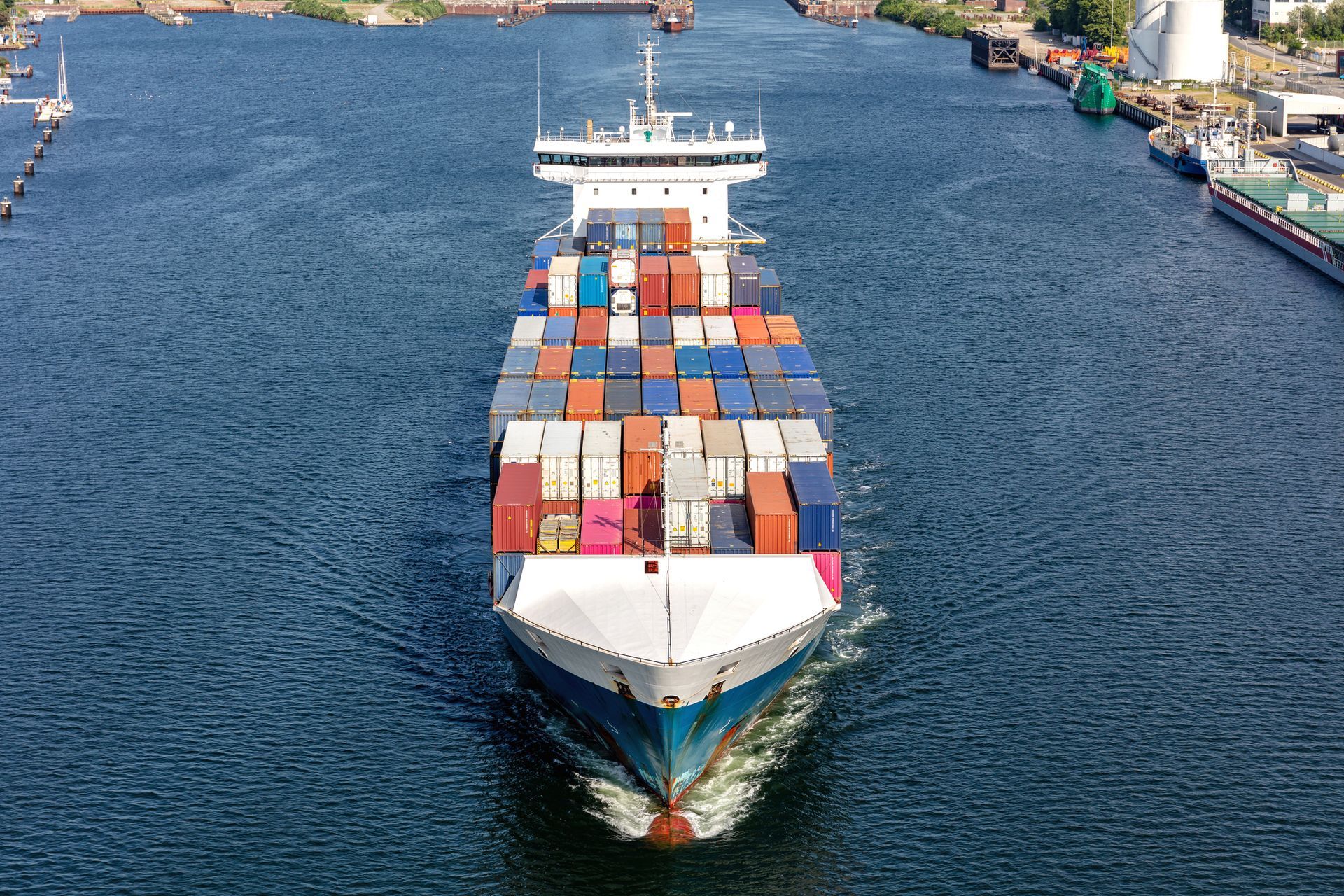
International trade is a dynamic field full of opportunities and challenges. Understanding the intricacies of this globalized scenario is essential for those who wish to venture into the world of international trade.
In this guide, we offer a comprehensive overview for beginners, exploring everything from market analysis to the main terms and Incoterms used in this context.
Throughout this material, you will be taken on an informative journey, which aims to provide the necessary foundations to understand and navigate effectively in the exciting world of international trade.
Analysis of the Foreign Trade Market
Brazilian foreign trade is marked by challenges and opportunities. In recent years, it has faced issues such as increased freight costs and container crises, but has also seen record export highs, driven by economic recovery and the prominence of agribusiness.
In 2023, exports reached USD 339.67 billion, while imports fell to USD 240.83 billion, resulting in a trade balance of USD 98.8 billion. The increase in the number of exporting companies and the growth of sales to China highlight Brazil's growing participation in the international market.
Specific Terms in the Field
To start in Foreign Trade with knowledge of the main terms in the field, we have compiled a list of key specific terms:
- Importation: Entry of goods into the country.
- Exportation: Exit of goods from the country.
- Customs: Related to customs and border procedures.
- Logistics: Efficient management of the flow of goods.
- Payment Procedures: International payment process.
- GDP: Gross Domestic Product, a measure of a country's economic activity.
- Trade Balance: Difference between exports and imports.
- Surplus: When exports exceed imports.
- Deficit: When imports exceed exports.
- NCM: Mercosur Common Nomenclature, used in trade documents.
- ELQ: Economic Logistics Quantity.
- Commercial Invoice: Contractual document of purchase and sale.
- Pro Forma Invoice: Details the terms of a specific purchase.
- Packing List: List of goods or volumes.
- RO-RO: Roll-on/roll-off maritime transport.
- Bulk Cargo: Unpackaged cargo.
- Bulk Carrier: Ship designed to carry bulk cargo.
- Siscoserv: Service registration system in foreign trade.
- Siscomex: Integrated foreign trade system.
- Single Foreign Trade Portal: New platform for trade operations.
Transport Modes
Within Foreign Trade (Comex), there are various exclusive modes of transport. One is waterway transport, also known as aquatic transport, which uses water as a means of transportation. This mode is divided into three main categories:
- Maritime transport occurs on seas and oceans, using ships to move cargo from one place to another. River transport uses rivers as transport routes, usually carrying goods via boats.
- Lake transport is conducted on lakes and lagoons, constituting another important branch of waterway transport.
Additionally, there is the road transport mode, which accounts for 75% of cargo distribution, mainly moving raw materials and industrialized goods. This mode has grown considerably since the 1950s and is widely used in Brazil, with trucks and trailers traveling the country's roads.
Another option is the rail transport mode, ideal for transporting large volumes of cargo over long distances. It is usually combined with road transport to ensure location flexibility. This type of transport is commonly used for heavy loads, such as iron ore, steel products, and agricultural goods.
Finally, there is the air transport mode, which covers long distances both nationally and internationally quickly and efficiently. Despite limitations regarding the volume and size of goods, it is especially suitable for transporting electronics and other fragile cargo.
Main Incoterms
Incoterms, international commercial terms, are agreements used to define the responsibilities of the seller and buyer during the transportation of goods between countries. Here are the main Incoterms and their definitions:
- EXW (Ex Works): The seller makes the goods available to the buyer at their premises, not responsible for export clearance or loading the goods onto transport vehicles. Usable in any mode of transport.
- FCA (Free Carrier): The seller fulfills their obligations by delivering the goods, cleared for export, to the carrier or another person nominated by the buyer at the designated location in the country of origin. Also usable in any mode of transport.
- FAS (Free Alongside Ship): The seller completes their obligations by placing the goods, cleared for export, alongside the ship indicated by the buyer at the named port of shipment. This term is exclusive to waterway transport.
- FOB (Free On Board): The seller ends their responsibilities by delivering the goods, cleared for export, on board the ship at the port of shipment indicated by the buyer. Also exclusive to waterway transport.
- CFR (Cost and Freight): In addition to the obligations of the FOB term, the seller bears the cost and freight to bring the goods to the agreed destination port. This term is used only for waterway transport.
- CIF (Cost, Insurance and Freight): Similar to CFR, but includes insurance for the goods during transport to the destination port. Also exclusive to waterway transport.
- CPT (Carriage Paid To): In addition to the obligations of the FCA term, the seller pays the freight and necessary costs to bring the goods to the agreed destination. Usable in any mode of transport.
- CIP (Carriage and Insurance Paid To): Similar to CPT, but includes insurance for the goods during transport to the destination. Usable in any mode of transport.
- DAP (Delivered At Place): The seller completes their obligations by making the goods available to the buyer at the indicated destination, ready for unloading but not cleared for import. Usable in any mode of transport.
- DPU (Delivered At Place Unloaded): Similar to DAP, but the goods are delivered unloaded from the transport vehicle. Usable in any mode of transport.
- DDP (Delivered Duty Paid): The seller ends their responsibilities by making the goods available to the buyer at the destination, assuming all costs and risks, including import duties and taxes. Usable in any mode of transport.
It is important to choose the appropriate Incoterm based on logistics and the desired responsibilities during the international transaction.
Conclusion
After exploring the fundamentals of international trade, from market analysis to the key terms and Incoterms used in this context, you are now equipped with a solid foundation to begin your activities in the world of foreign trade. However, this guide is just the starting point of a fascinating and complex journey.
To further expand your knowledge and deepen your understanding of international trade, we invite you to access our "Comex Glossary," a comprehensive tool offering a wide variety of terms and concepts related to foreign trade.
In this material, you will find detailed explanations and practical examples to help you navigate confidently in this exciting world.
Don't miss out on exploring the "Comex Glossary" to enrich your understanding and ensure success in your future international trade ventures.
Continue a navegar no blog da Allink

Mantenha-se informado sobre o comércio exterior
Assine nossa newsletter e receba atualizações semanais de forma gratuita sobre o mundo da logística.




